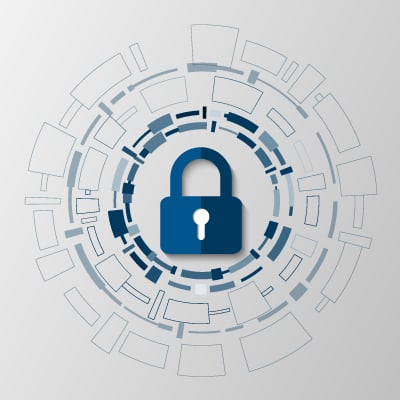Why Do Businesses Have Such a Hard Time Identifying Threats?

Cybersecurity is intensely important, so a business owner would think implementing every security feature and defense would be a good idea. However, as research has shown, this can be counterproductive, as only 67% of surveyed security leaders know what led to cybersecurity incidents in their businesses over the past year.
Let’s explore why security breaches often go unnoticed by the businesses they impact.
First Off, Breaches Can Be Hard to Notice
While one might assume that a cybersecurity issue inside their organization would be obvious, this is far from the truth. IBM reports that breaches take an average of 207 days to identify… and that’s not even counting the time it takes to discover the root cause.
It also doesn’t help that many attacks are explicitly designed to keep a low profile. Plus, many attacks now use the inherent vulnerabilities of remote operations and the Internet of Things to their advantage. These stealthier attacks can go unnoticed and obfuscate themselves amongst existing data, becoming even more challenging to find.
Second, Many Businesses Have Challenges Making the Required Investments
Many small and medium-sized businesses have tight budgets, making it more difficult for them to make the investments that modern cybersecurity standards require. Furthermore, when security issues arise, identifying the root cause is often neglected in favor of fixing the problem, so investments can frequently not be made to eliminate the risks.
Third, Many Businesses Don’t Have the IT (or Plan) Needed to Protect Themselves
Modern businesses need both the tools to detect threats proactively and the strategy to respond to them. Without the former, breaches will be far more likely to take root, and without the latter, a business will lack the means to bounce back efficiently once the threat is resolved. Either scenario (and commonly both) will hold a business back.
White Mountain IT Services is here to help New Hampshire businesses attend to their security so these kinds of breaches can be prevented. Learn more about what we can do by giving us a call at (603) 889-0800.


